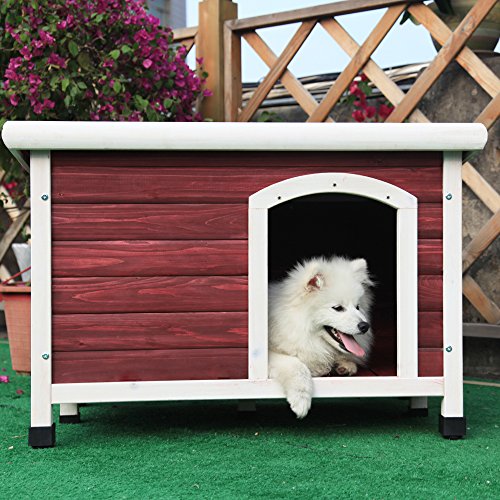Some obedience classes are slanted towards providing instruction, which will lead towards acquiring a C.D. title on your dog. Instructors of such a class often require a strict adherence to details regarding the obedience commands. Often they have their own set of beliefs regarding instruction and will not be willing to allow handlers to stray from the techniques they themselves espouse. For example such instructors either will allow treats or not and do not allow the participants of the class to do anything other than what they request, at least within the class.
Other obedience instructors are interested in providing to the general public a class for "pet dogs" which will involve very basic skills and do not expect that the participant will go on to achieve titles on the dog. These classes are often available through such markets as the chains of dog stores or vets offices. Usually these classes have a wide level of expertise on the part of the attendees. Unfortunately, many of these classes often have so many enrollees that individual instruction is at a premium.
Some instructors are geared towards a positive approach to training while others are very strict and believe strongly that a no nonsense approach to dog training requires a very alpha presence. Often this means that the trainer prefers not to give treats and uses methods of physical persuasion often called "jerk and pull" methods. Some may even advocate the use of shock collars or dominant methods as far as teaching the dog the down position.
Some classes are geared strictly towards the young dog and are often called "puppy kindergarten classes". These classes often require a limit on the age of attendance and provide for an off leash play period for the dogs and for shorter periods of time spent in actual practice of the exercises. Normally these classes should have fewer attendees.
Some obedience instructors take on too many students and do not have time to offer individual help when needed. Others may "play favorites" and spend an inordinate amount of time with one or two students, ignoring the rest. Some talk more than they instruct, a common complaint of many attendees of dog obedience classes. Some instructors may know a great deal about dogs or about their own breed but know very little about instruction of people. Such instructors may not be able to establish a rapport with the people that they are instructing and this may make the class less desirable to inexperienced owners who need extra support from the instructor.
The actual physical environment of the class is also important. Some classes are taught in hazardous conditions for the dog, such as empty garages or shop buildings. Some classes do not require that children be supervised and there may be toddlers running about and interfering with instruction. Some areas where classes are taught are outside and have to be canceled or postponed in inclement weather.
The wise owner will take all of these factors into consideration before enrolling in an obedience class. If this is done, there is a much better chance that he will have had a valuable experience, which has contributed to his expertise as a dog handler.

 Puplight Dog Safety Light Red
Using a Puplight is a great
Puplight Dog Safety Light Red
Using a Puplight is a great
 5 Stackable Pet Food Storage Ideas
If you have cats and especia
5 Stackable Pet Food Storage Ideas
If you have cats and especia
 Leaving Your Dog Home Alone While at Work
Our pets give us uncondition
Leaving Your Dog Home Alone While at Work
Our pets give us uncondition
 Cute Dog Houses
Our pets are part of the fam
Cute Dog Houses
Our pets are part of the fam
 Alabama Rot and the Danger of Dog Walking
Credit: Copyright of iStockphoto. All rights
Alabama Rot and the Danger of Dog Walking
Credit: Copyright of iStockphoto. All rights